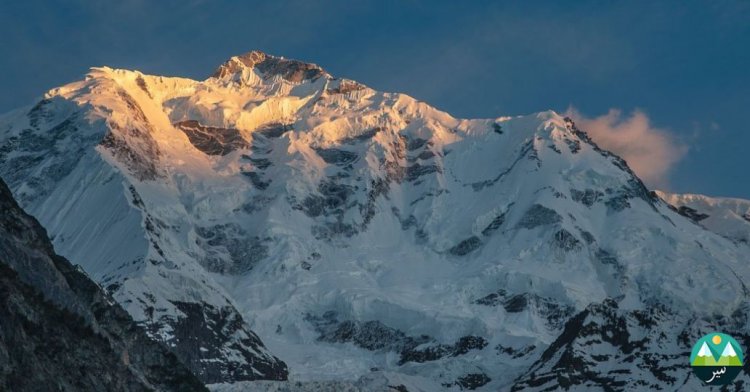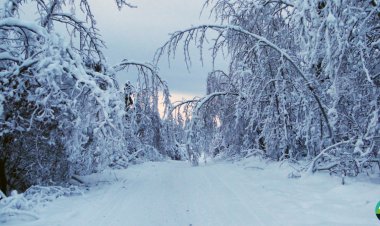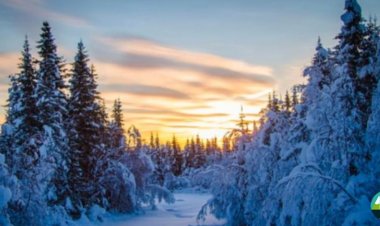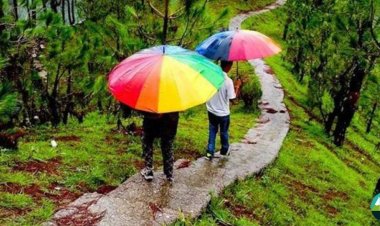A Trekking Guide for International Travelers Exploring Pakistan's Northern Areas

Pakistan's northern areas are a paradise for adventure enthusiasts and nature lovers from all over the world. With towering peaks, beautiful landscapes, and warm hospitality, this region offers a unique and unforgettable trekking experience. If you're an international traveler planning to explore the majestic mountains of Pakistan, this comprehensive trekking guide will equip you with valuable information, tips, and recommendations to make your journey safe, enjoyable, and memorable.
A Trekking Guide to Pakistan’s Northern Areas
Here is a complete trekking guide for you:
Research and Choose the Right Trek:
Pakistan's northern areas offer numerous trekking routes catering to various difficulty levels and preferences. Research and select a trek that matches your fitness level, time constraints, and personal interests.
Popular trekking destinations include
-
Nanga Parbat Base Camp
-
Fairy Meadows
-
K2 Base Camp
-
Concordia and Baltoro Glacier
-
Rakaposhi Base Camp
-
Passu Glacier
-
Malik Pass in Deosai National Park
Each trek has its own unique charm, so choose one that resonates with you.
Plan Your Trip and Obtain Necessary Permits:
Once you've decided on your trek, plan your trip accordingly. Consider the duration, necessary gear, and acclimatization days. Some trekking areas in Pakistan require permits for entry, especially those in restricted regions. Consult with local trekking agencies or tour operators to obtain the required permits in advance. They can guide you through the process and ensure you have the necessary documentation for a hassle-free trek.
Travel with a Local Guide or Trekking Agency:
To maximize your safety and enhance your experience, it's highly recommended to engage a local guide or a reputable trekking agency. They possess invaluable knowledge about the region, know the best routes, and can handle logistics such as transportation, accommodation, and permits. A local guide will also provide insights into the local culture, history, and traditions, enriching your journey.
Pack the Essential Trekking Gear:
Packing the right gear is crucial for a comfortable and safe trekking experience.
Some essential items to include are:
-
Sturdy hiking boots
-
Trekking Poles
-
Warm and layer clothing according to expected temperatures
-
A first aid kit
-
Sunscreen
-
Hat
-
Sunglasses
-
Reusable water bottle
-
Headlamp (with extra batteries)
-
Rain Coat
Health Considerations:
Many trekking routes in Pakistan's northern areas involve high altitudes requiring proper acclimatization. Allow a few days to adjust to the altitude before attempting strenuous treks. Stay hydrated, avoid alcohol and smoking, and pay attention to any symptoms of altitude sickness. Consult your doctor before your trip, and consider carrying altitude sickness medication if necessary.
Respect Local Customs and Traditions:
Pakistan's northern areas are home to diverse ethnic groups with distinct cultures and traditions. Respect the local customs, dress modestly, and be mindful of local etiquette. Engage with the locals respectfully, seek permission before taking photographs of people or religious sites, and learn a few basic phrases in the local language to show your appreciation for the culture.
Safety Precautions:
Prioritize your safety while trekking in Pakistan's northern areas. Stay informed about weather conditions, avoid trekking alone, and inform someone trustworthy about your trekking itinerary. Follow the guidance of your guide or trekking agency, as they have extensive knowledge of the region. Carry a fully charged mobile phone with a local SIM card, a portable charger, a map or GPS device, and a whistle for emergencies.
Leave No Trace:
As responsible travelers, it's crucial to leave the natural environment pristine and minimize your impact on the ecosystem. Pack out all your trash, avoid littering, and respect wildlife and vegetation. Follow the principles of Leave No Trace, such as camping in designated areas, using established trails, and refraining from disturbing the natural surroundings.
Conclusion:
Going on a trekking adventure in Pakistan's northern areas promises breathtaking landscapes, challenging trails, and an immersion in a rich cultural tapestry. By following this trekking guide for international travelers, you'll be well-prepared to navigate the region's majestic mountains while respecting local customs, ensuring your safety, and preserving the pristine beauty of the natural environment. Get ready to create unforgettable memories and experience the magic of Pakistan's northern areas firsthand. Happy trekking!

















